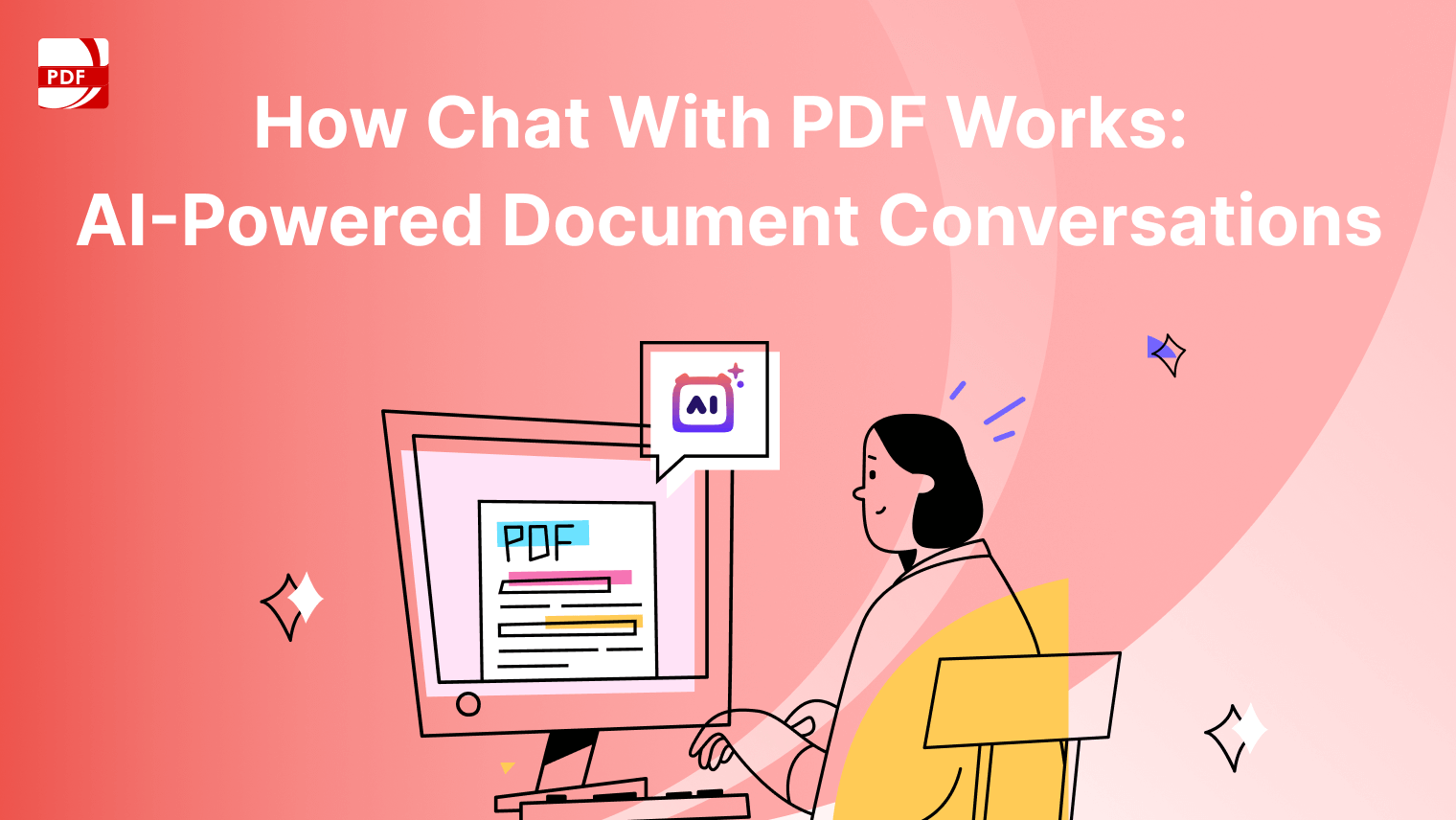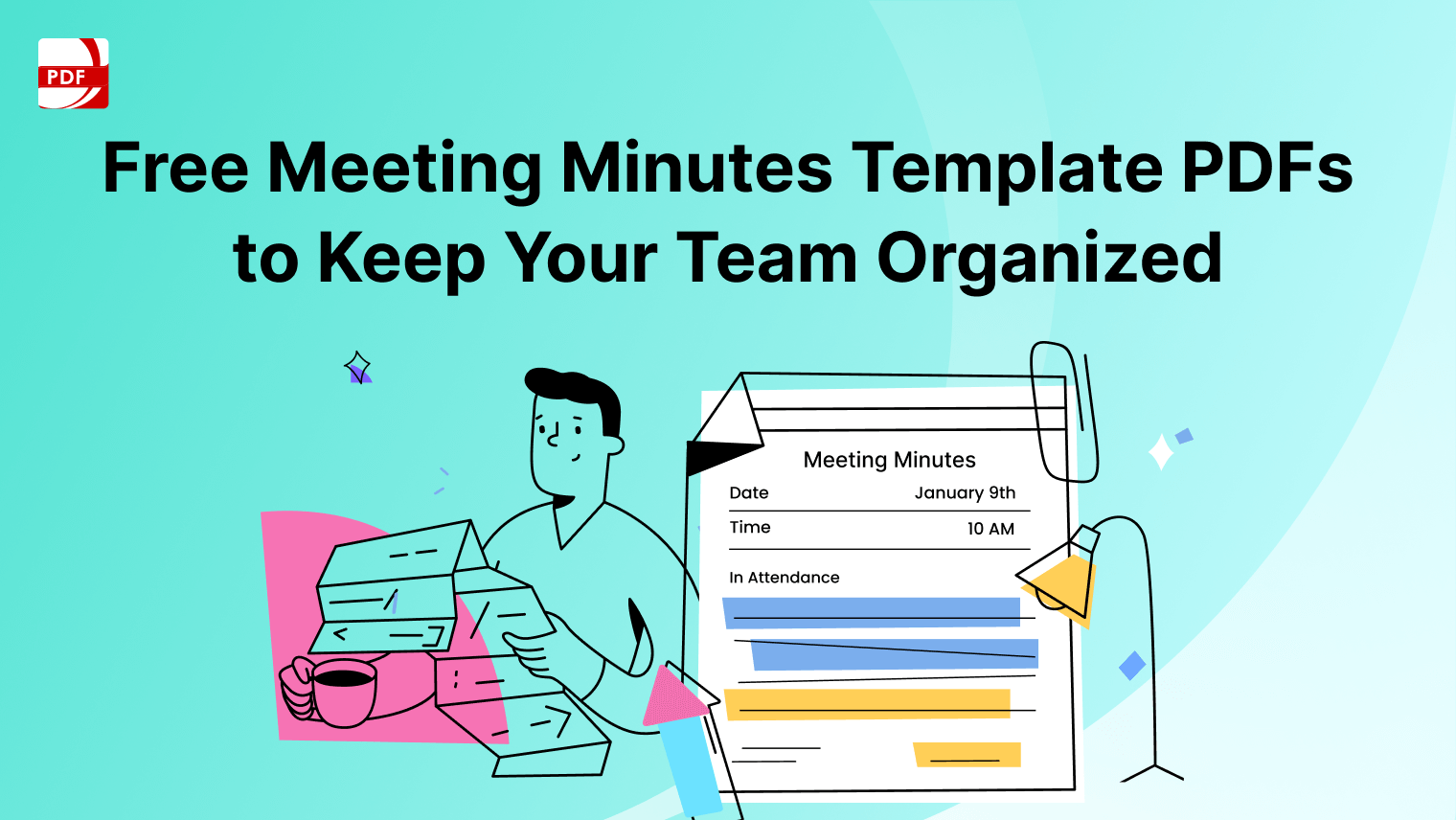A Non-Disclosure Agreement (NDA) is a powerful legal tool designed to protect your business secrets and maintain trust among parties involved in various transactions. In this comprehensive guide, we'll explore the essential elements of crafting an effective NDA and provide valuable insights to help you navigate the intricacies of safeguarding confidential information.
Understanding Key Elements of an NDA
Different types of NDAs and a variety of subject matter can be covered. Here are some key elements to consider:
1. Definition and Scope: An NDA should begin by clearly defining what constitutes confidential information. Be specific about the scope of the agreement, covering both tangible and intangible assets.
2. Parties Involved: Identify the disclosing party (the entity or individual sharing the confidential information) and the receiving party (the entity or individual receiving the information). Clearly outline the responsibilities and obligations of each party.
3. Confidential Information: List and describe the types of information considered confidential. Specificity is crucial here to avoid ambiguity and ensure that both parties understand what is protected.
4. Duration of Agreement: Specify the timeframe during which the NDA is valid. Consider the nature of the information and the duration for which confidentiality is necessary.

Creating a Robust NDA
The creator of the NDA has a duty of confidentiality towards the parties who sign. Here are some nondisclosure provisions to consider:
1. Customization: One size does not fit all when it comes to NDAs. Tailor each agreement to the unique requirements of the business relationship, taking into account the specific information shared and the parties involved.
2. Legal Expertise: Seeking legal advice during the drafting process is paramount. A legal professional can ensure that your NDA complies with relevant laws and regulations, providing an extra layer of protection.
3. Mutual NDAs vs. Unilateral NDAs: Understand the distinction between mutual and unilateral NDAs. Choose the type that aligns with the dynamics of your relationship – whether both parties are sharing confidential information or just one.
Learn how to craft a PhD dissertation with our guide, providing you with essential tips for successful academic writing.
Fill and Download Our Template
Download and fill in our legal document template below, whether you're a business owner or one of the signing parties for this type of agreement. See our templates page for more guidance.
How to Download PDF Reader Pro
PDF Reader Pro a robust and versatile application designed to meet your PDF file viewing, editing, and annotation needs. With a user-friendly interface and a range of powerful features, it stands out as a comprehensive solution.
The simplest method to getting PDF Reader Pro is to click the download button below:
Check out our guide on how to write an addendum, ensuring you can effectively add or clarify information in existing documents.
Enforcing an NDA
This is a binding agreement, and as such needs to be enforced.
1. Breach of Contract: Clearly outline the consequences and legal actions in the event of a breach. This section should explain the steps that can be taken to enforce the agreement and hold the breaching party accountable.
2. Monetary Damages: Define how damages resulting from a breach will be calculated. This helps establish the financial repercussions for any party found in violation.

Common Mistakes to Avoid
Here are some mistakes to avoid when drafting an NDA so as not to make the agreement invalid.
1. Vague Language: Steer clear of using ambiguous terms that could lead to misinterpretation. Clearly articulate the terms of the agreement to prevent misunderstandings.
2. Overlooking Key Information: Include all relevant details in the NDA to leave no room for misunderstanding. An oversight in crucial information could lead to disputes down the road.
Check out our advice on how to write effective OKRs (Objectives and Key Results) to clearly set and achieve your goals.
FAQs About Non-Disclosure Agreements
Have more questions about non-disclosure agreements? We'll answer your questions about this legal contract.
What is a Non-Disclosure Agreement (NDA)?
A Non-Disclosure Agreement, commonly known as an NDA, is a legally binding contract that outlines the terms and conditions of confidential information sharing between two or more parties.
How does an NDA differ from a Confidentiality Agreement?
While both terms are often used interchangeably, an NDA typically focuses on a specific piece of information or project, while a Confidentiality Agreement may cover a broader range of topics or an entire business relationship.
What is considered Confidential Information in an NDA?
Confidential Information can include various types of proprietary data, such as customer lists, trade secrets, business plans, marketing strategies, and any information that provides a competitive advantage.
Can an NDA protect against a breach of contract?
Yes, an NDA can include provisions addressing the consequences of a breach of contract, such as monetary damages, injunctions, or other legal remedies.
Is the Time Period in an NDA important?
Yes, specifying a Time Period in an NDA is crucial. It determines the duration for which the confidentiality obligations are in effect. It can be a set period or remain in effect indefinitely, depending on the nature of the information.
How can Nondisclosure Agreements safeguard against unauthorized disclosure?
NDAs include provisions prohibiting the Receiving Party from disclosing or using confidential information for purposes other than those outlined in the agreement. Unauthorized disclosure can lead to legal consequences, including monetary damages.
What role does the Integration Clause play in an NDA?
The Integration Clause, also known as the Entire Agreement clause, ensures that the NDA is a complete and final expression of the parties' agreement, preventing any prior or contemporaneous oral or written representations from being considered part of the agreement.
Are Employment Agreements and Non-Compete Agreements different from NDAs?
While related, Employment Agreements and Non-Compete Agreements focus on different aspects of the business relationship. An NDA primarily addresses the protection of confidential information, whereas employment and non-compete agreements involve broader employment-related terms and restrictions.
What should I do if I suspect a breach of an NDA?
If you suspect a breach, consult with legal experts immediately. They can advise on the appropriate course of action, which may include sending a cease and desist letter, seeking injunctive relief, or pursuing legal remedies for damages.
Can an NDA protect against Irreparable Harm?
Yes, NDAs often include clauses addressing Irreparable Harm, emphasizing the importance of preventing harm that monetary damages alone cannot adequately remedy. This can strengthen legal enforcement against breaches.
A well-drafted NDA is a legal formality and a strategic tool for safeguarding confidential information. By understanding the key elements, customizing agreements, seeking legal expertise, and being mindful of potential pitfalls, you can create an NDA that serves as a strong foundation for trustworthy business relationships.












 Free Download
Free Download  Free Download
Free Download





 Support Chat
Support Chat